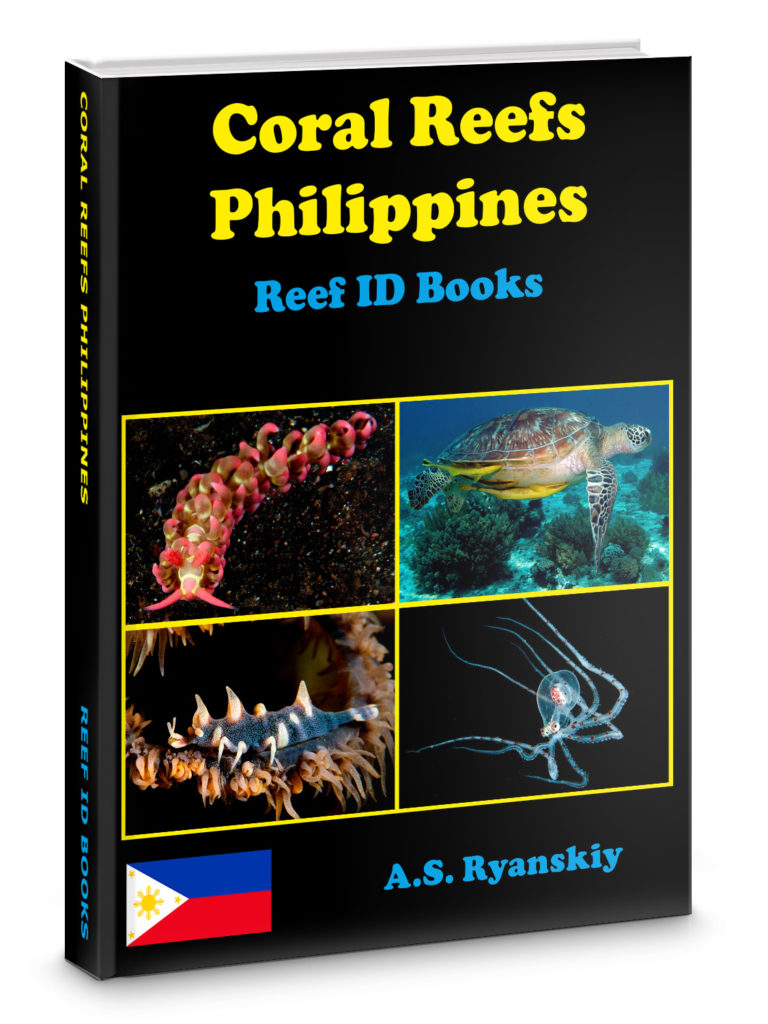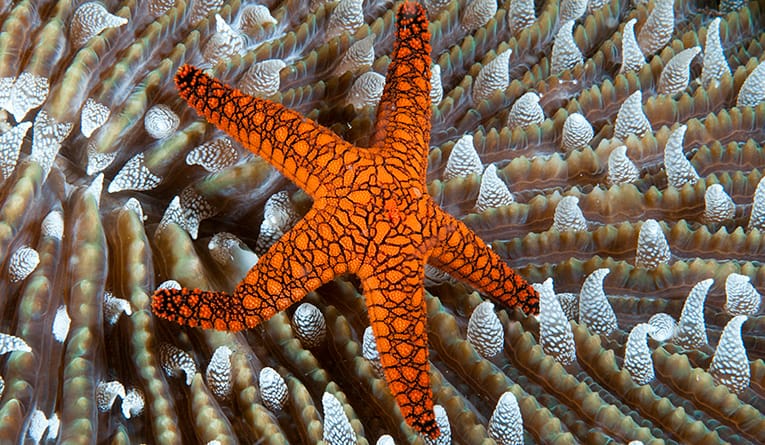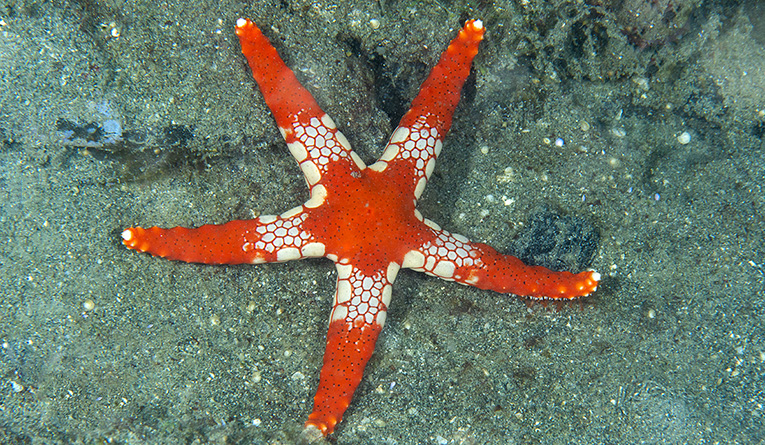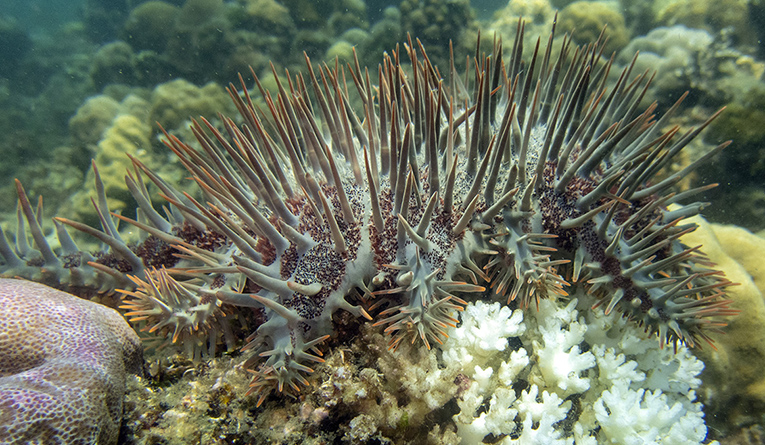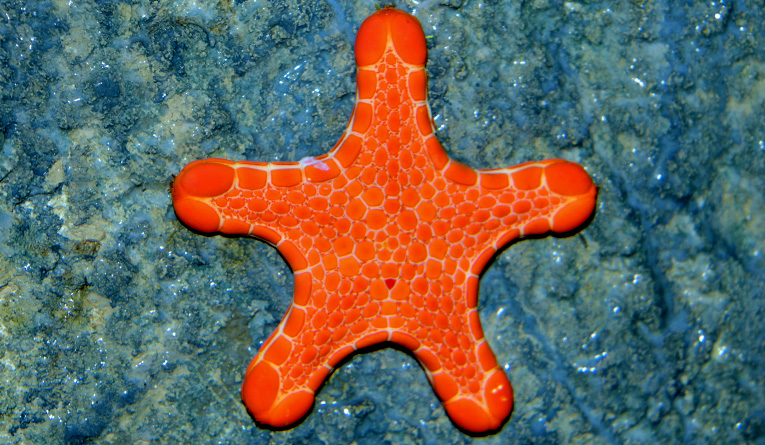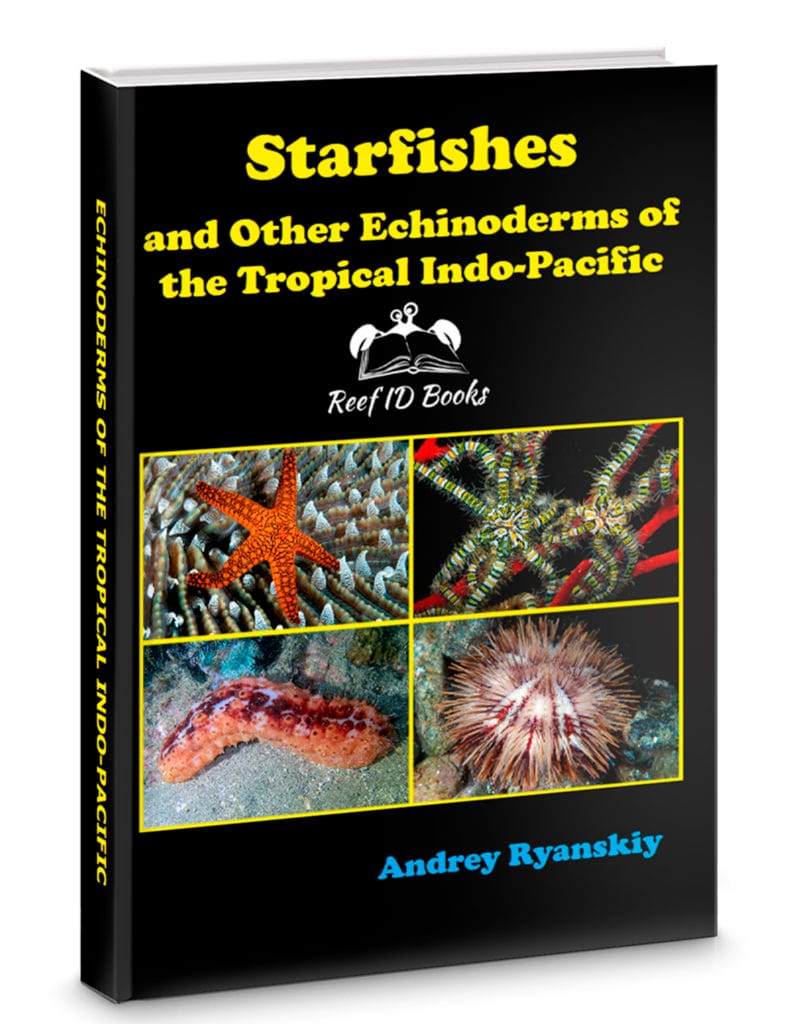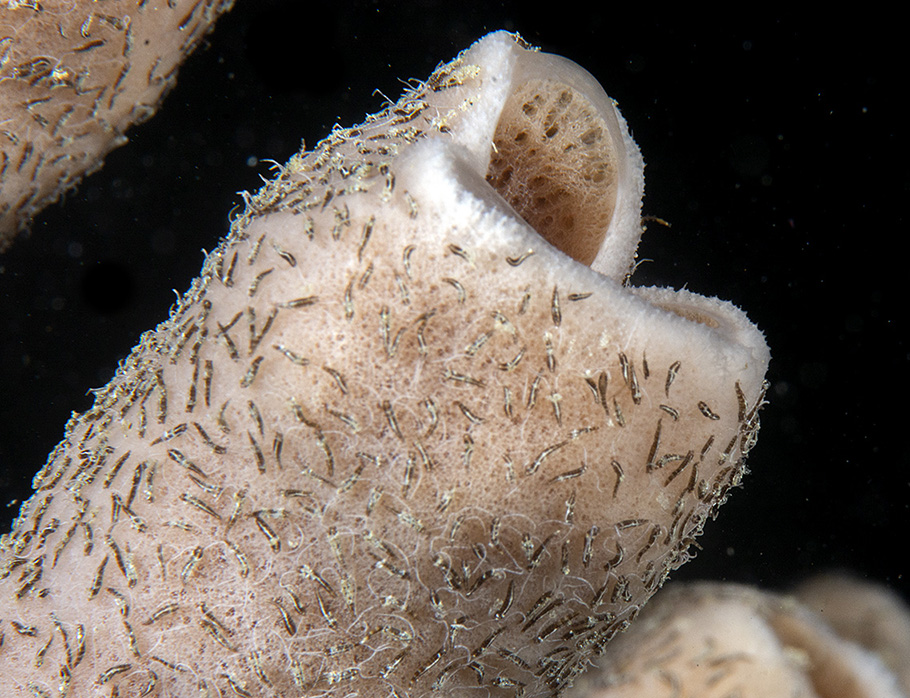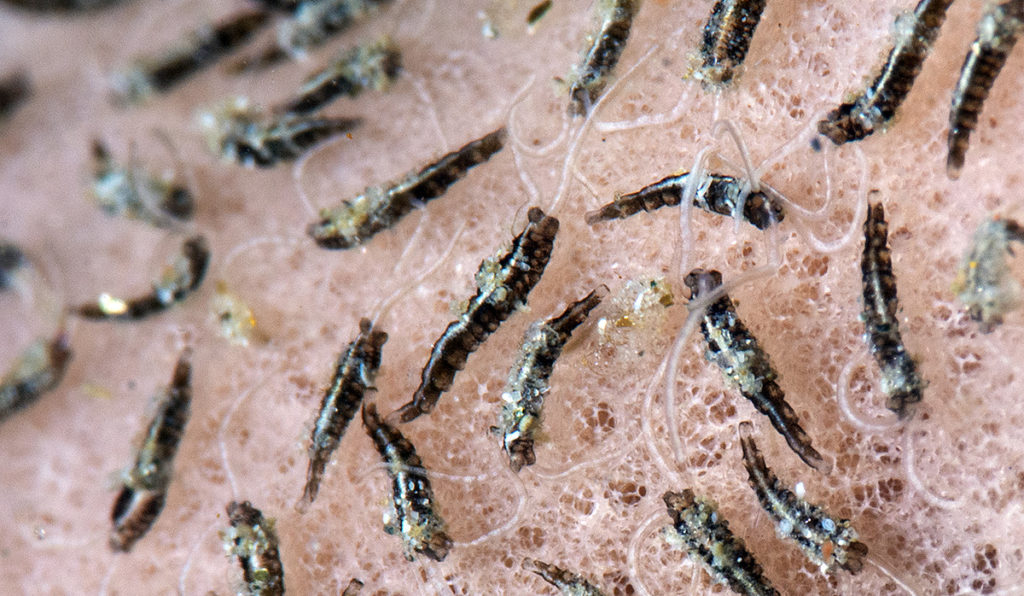- Masters of Camouflage: Octopuses are experts at blending into their surroundings. They can change their color and texture to match the environment, making them incredible escape artists and hunters.
- Three Hearts, Blue Blood: Octopuses have three hearts and blue blood! Their hearts pump copper-rich blood, which gives it a bluish tint and helps them survive in cold ocean depths.
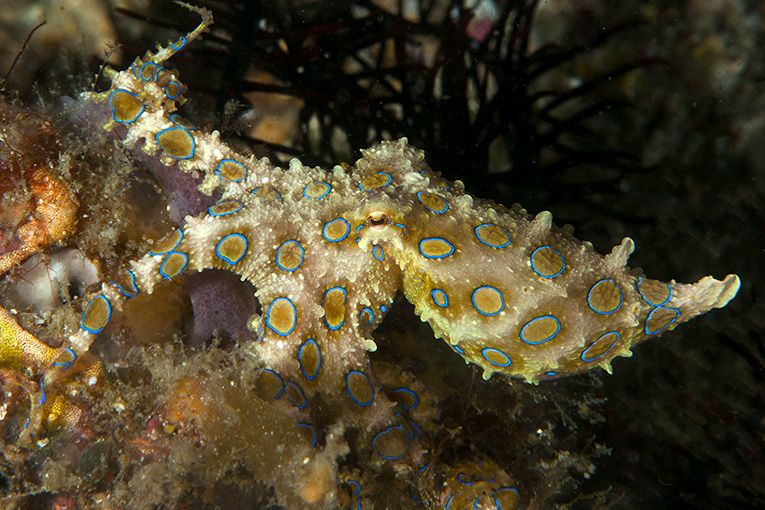
3. Eight Arms, No Bones: Unlike most animals, octopuses don’t have any bones. Instead, their bodies are made of soft tissue, allowing them to squeeze through tiny spaces and contort their arms in all directions.
4. Super Intelligent: Octopuses are highly intelligent creatures. They can solve puzzles, navigate mazes, and even learn through observation. Some species have been known to open jars to get to their food!
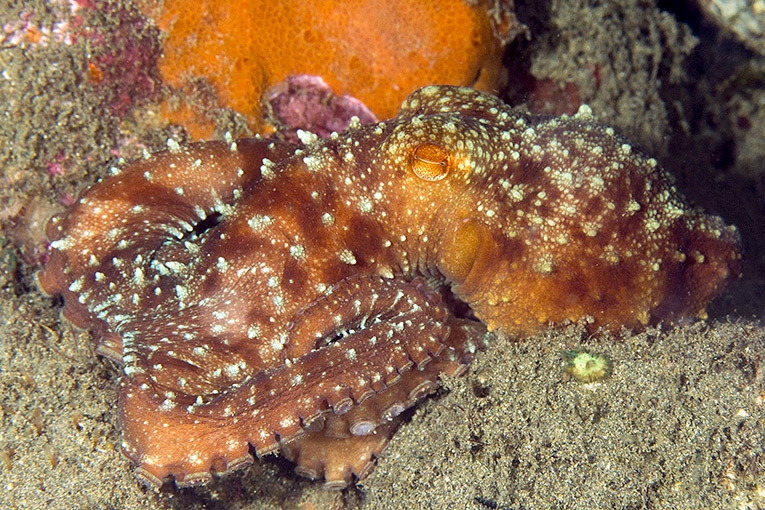
5. Short Lifespan, Rapid Growth: While octopuses are incredibly smart, they have relatively short lifespans. Most species only live for 1-2 years, but during that time, they grow rapidly from tiny hatchlings to full-grown adults.
6. Jet Propulsion: Octopuses are capable of jet propulsion, which means they can quickly move through the water by expelling water from their mantle cavity. This helps them escape from predators and catch prey.
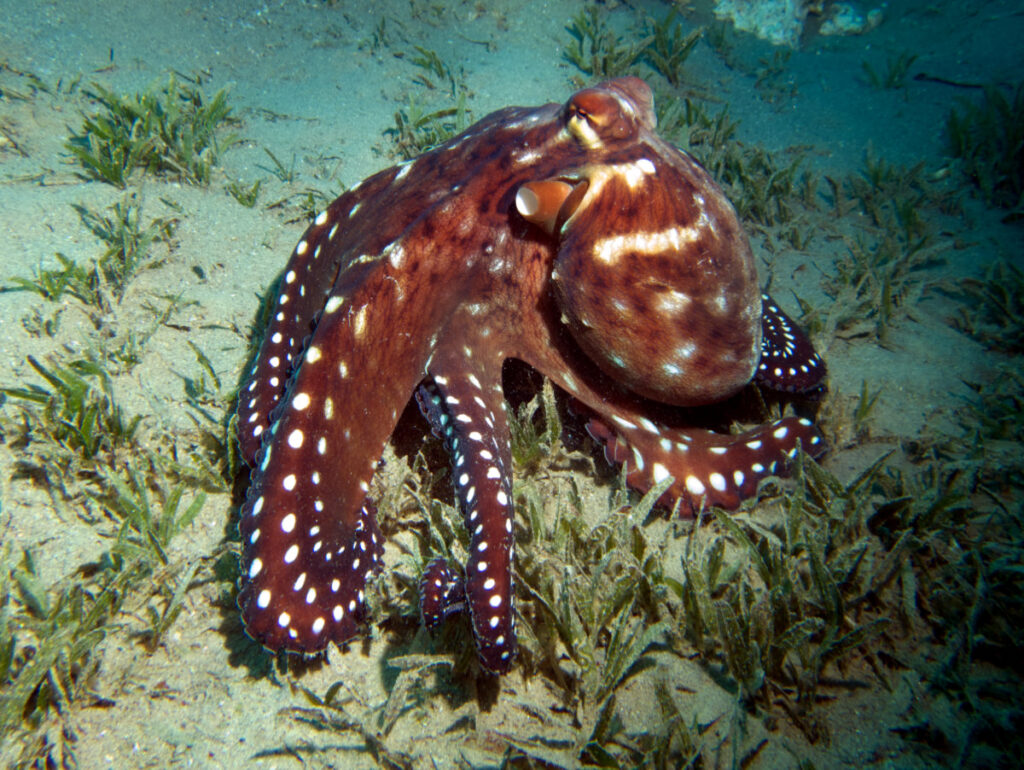
7. Incredible Problem-Solvers: Octopuses have been observed using tools in the wild, such as using coconut shells for shelter. They can also unscrew lids and manipulate objects with their arms, showcasing their problem-solving abilities.
Isn’t it fascinating how these eight-armed wonders navigate the ocean with such unique traits?
More about Octopus & other Indo-Pacific marine creatures you can find in the photo guide Coral Reefs Philippines





